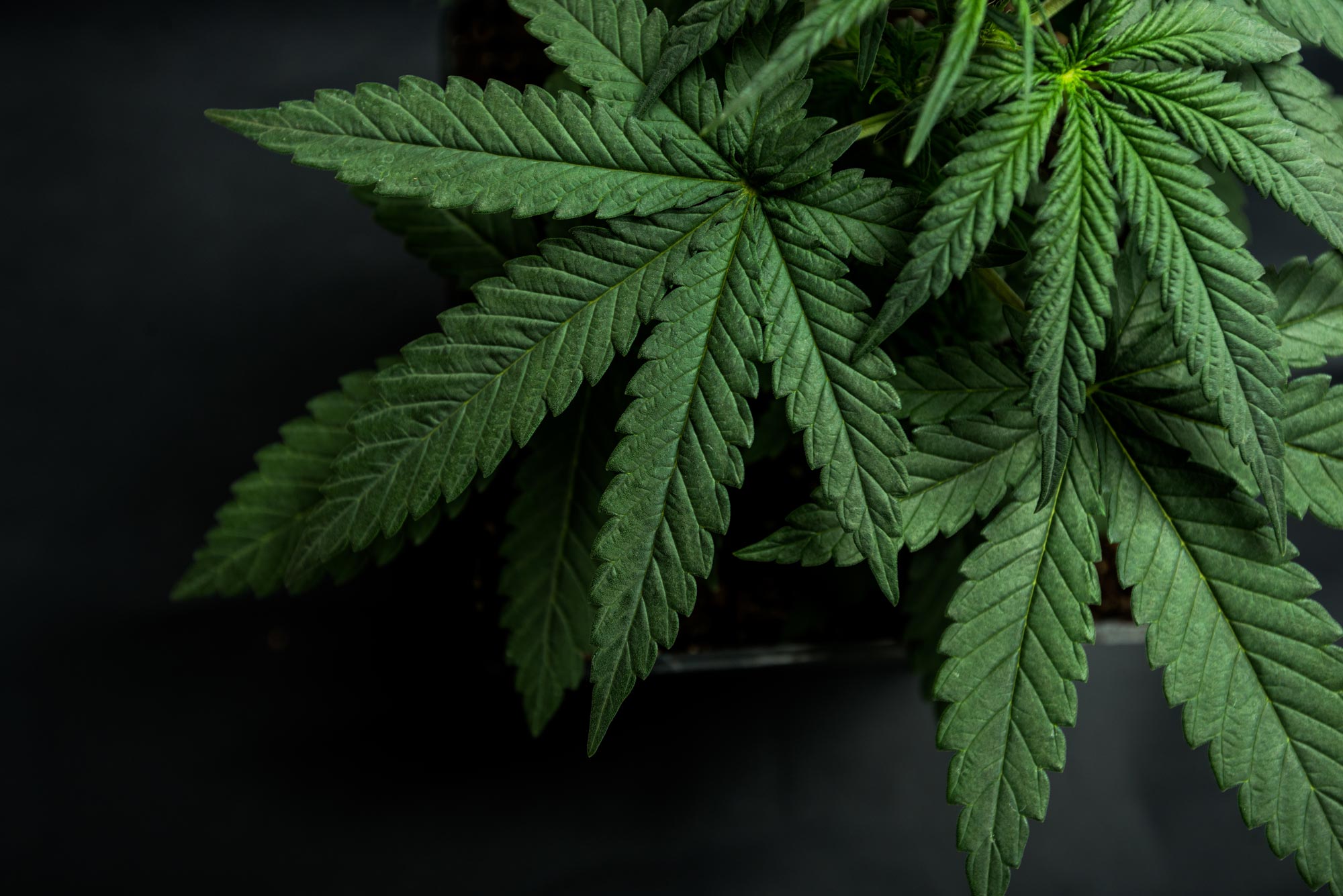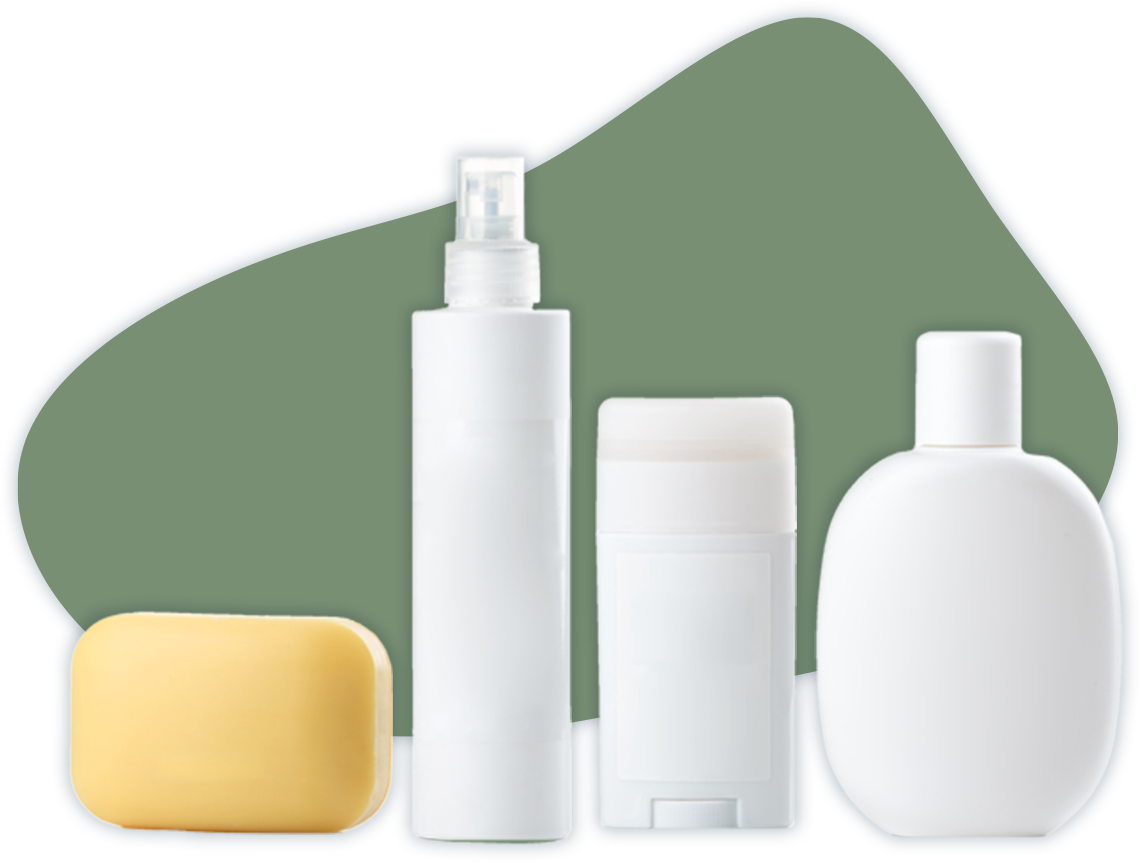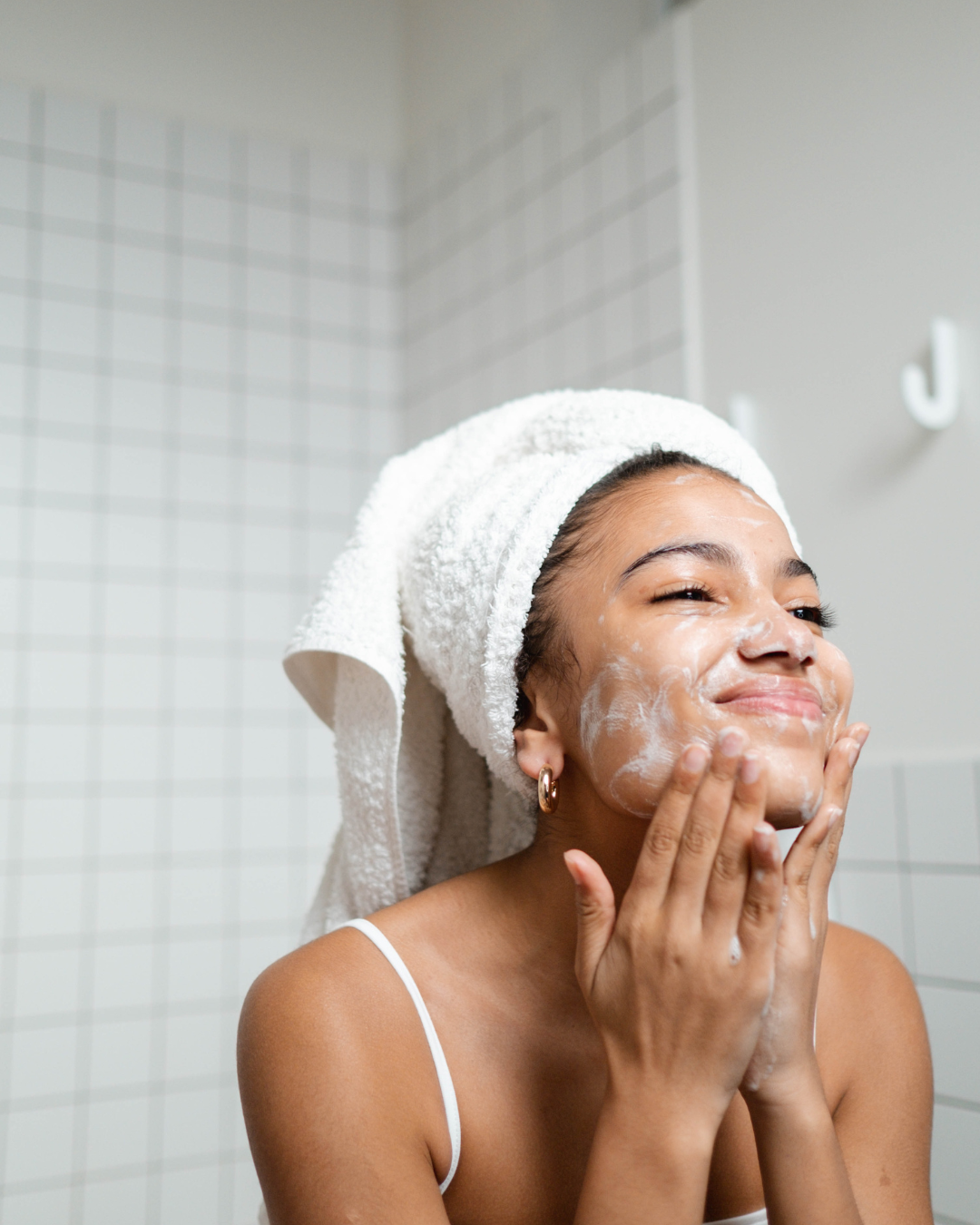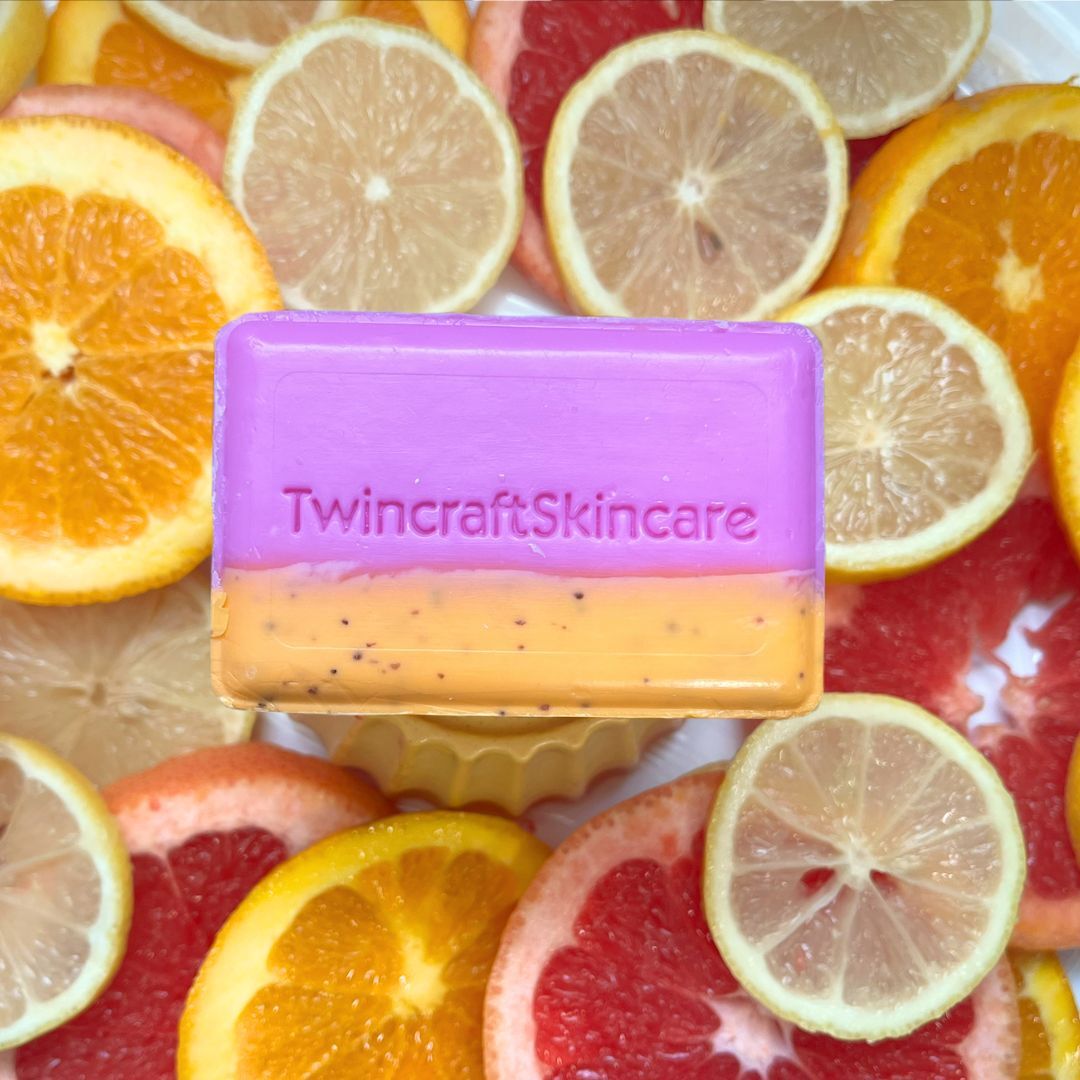CBD is heralded as a miraculous solution for many conditions – anxiety, insomnia, acne, motion sickness, and much more. Clinical studies and testing is still lacking to support most of these claims, but market research and anecdotal evidence show that consumers don’t need to wait for science to prove that CBD will help cure what ails them.
While much of the US’s buying power is in the hands of Gen Z and Millennials, the US CBD market is driven by Baby Boomers looking for a solution for their aches and pains.
Baby Boomers & CBD
The research to understand CBD’s therapeutic outcomes is just beginning in the United States, but for those over the age of 50, CBD is a very viable alternative for anyone looking to avoid conventional medications, as well as the physical issues and abuse that come with these pharmaceuticals when dealing with pain management.¹
This group of CBD-loving Baby Boomers is not filled with typical cannabis users, and many are adverse to the formerly taboo material or anything that will get them high. They are looking for CBD-based pain solutions without the psychoactive results of tetrahydrocannabinol (THC).
Pain & Inflammation
Pain from inflammation impacts most adults at some point in their lives, ranging from occasional joint aches to chronic pain that can dramatically interfere with their quality of life.
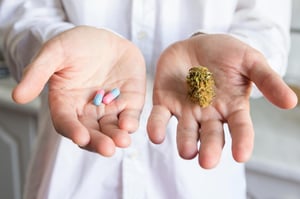 Traditionally, over-the-counter and prescription medicines have been used to manage this type of pain, with the most common anti-inflammatory medication being non-steroidal anti-inflammatory drugs (NSAIDS). This category includes aspirin and ibuprofen, as well as a range of prescription options, and while they work to block enzymes and minimize pain and inflammation, they often have unwanted side effects that are common and serious. They can have tremendous impact on vital organs and bodily systems, and the US FDA has published health advisories warning about the cardiovascular risks associated with NSAIDS, as well as a medication guide for using the lowest amount possible to minimize these dangerous side effects.²
Traditionally, over-the-counter and prescription medicines have been used to manage this type of pain, with the most common anti-inflammatory medication being non-steroidal anti-inflammatory drugs (NSAIDS). This category includes aspirin and ibuprofen, as well as a range of prescription options, and while they work to block enzymes and minimize pain and inflammation, they often have unwanted side effects that are common and serious. They can have tremendous impact on vital organs and bodily systems, and the US FDA has published health advisories warning about the cardiovascular risks associated with NSAIDS, as well as a medication guide for using the lowest amount possible to minimize these dangerous side effects.²
Opioids are often commonly prescribed to treat pain, and the popularity of these highly addictive drugs is part of the complicated and pervasive rise of America’s opioid epidemic. Needless to say, those suffering from pain of all levels are looking for natural, safe, and non-addictive alternatives to managing pain and inflammation.
CBD in Skincare
CBD users are shopping for CBD gummies, tinctures, and other supplements to help them alleviate their pain from the inside out, but there is also mounting evidence to suggest that the topical application of CBD can help manage aches and pains in a more targeted way.
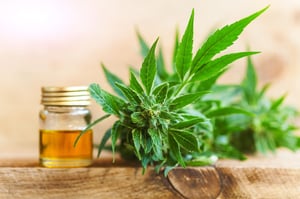 While the actual science of this treatment is still under investigation, anecdotal evidence suggests that applying CBD to the skin triggers a response in the body’s own endocannabinoid system to alleviate joint and muscle pain. Skincare products do not penetrate the skin to enter the bloodstream and won’t actually come in to contact with the bone or muscle tissue, but the hemp-derived material appears to reduce pain in the targeted area.
While the actual science of this treatment is still under investigation, anecdotal evidence suggests that applying CBD to the skin triggers a response in the body’s own endocannabinoid system to alleviate joint and muscle pain. Skincare products do not penetrate the skin to enter the bloodstream and won’t actually come in to contact with the bone or muscle tissue, but the hemp-derived material appears to reduce pain in the targeted area.
For now, there is no regulatory information about dosing or application requirements, but consumers who believe in the benefits of topical CBD application are educating themselves on its potential and are willing to invest in products that they believe will work for them.
Sources: 1. https://www.forbes.com/sites/abbierosner/2019/01/02/for-baby-boomers-2018-was-the-year-of-cbd-get-ready-for-2019/#6e82ae2840b5 | 2. https://www.fda.gov/drugs/drugsafety/ucm451800.htm

